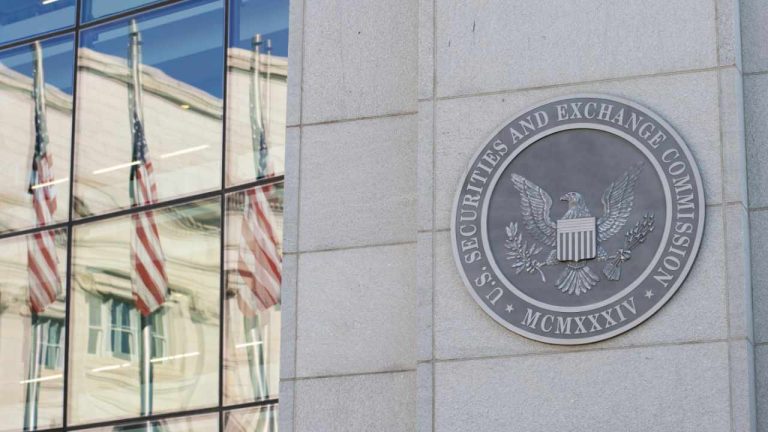
The U.S. Securities and Exchange Commission (SEC) has revealed some initiatives involving crypto assets in its Strategic Plan for the fiscal years 2022-2026. The initiatives are intended to address the SEC’s top priorities over the next four years.
SEC’s Strategic Plan for FY 2022-26
The U.S. Securities and Exchange Commission (SEC) published its “Strategic Plan” for the fiscal years 2022-2026 last week. The regulator stated that “the initiatives outlined in this Strategic Plan are intended to address its top priorities over the next four years.”
One of the goals of the Strategic Plan is to “develop and implement a robust regulatory framework that keeps pace with evolving markets, business models, and technologies.”
The securities regulator explained that an initiative aimed at achieving this goal is to “examine strategies to address systemic and infrastructure risks faced by our capital markets and our market participants.” Noting that “the rapid growth in crypto assets” also represents a risk, the watchdog said to be better prepared for the risks in this category:
The SEC must pursue new authorities from Congress where needed, continue to effectively collaborate with other regulators, and engage more proactively on digitization initiatives.
Another initiative outlined in the Strategic Plan is to “recognize significant developments and trends in our evolving capital markets and adjust our activities accordingly.” The securities watchdog emphasized:
The SEC must also continue to enhance its expertise in, and devote increased resources to, product markets beyond equities — including crypto assets, derivatives, and fixed income — and maintain a nimble and flexible approach to address market changes expeditiously.
The SEC also explained that in developing the Strategic Plan, it took into account information from “meetings with the many internal and external parties with which the agency interacts on a regular basis, including members of Congress and congressional committees, investors, businesses, financial market participants, academics, and other experts and stakeholders.”
The chairman of the SEC, Gary Gensler, stressed:
The SEC pursues our three-part mission: to protect investors, maintain fair, orderly, and efficient markets, and facilitate capital formation.
What do you think about the SEC’s strategic plan involving crypto assets? Let us know in the comments section below.
from Bitcoin News https://ift.tt/5d9bLKP
Comments
Post a Comment